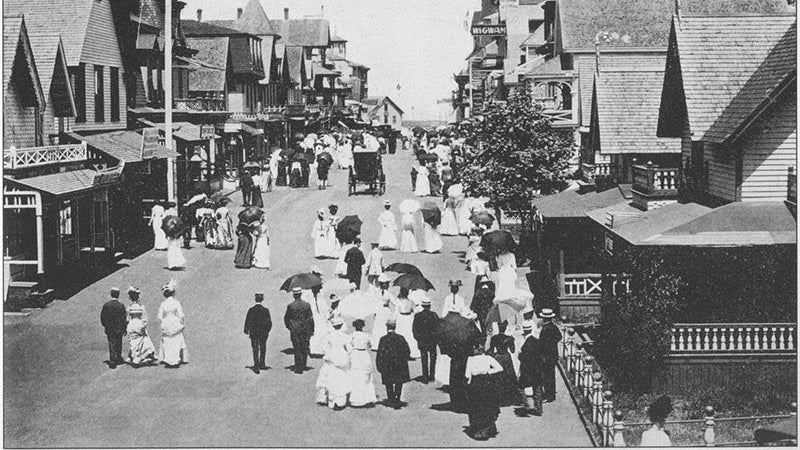
Island Life in the Roaring Twenties
Share
The 1920s—often dubbed the “Roaring Twenties”—marked a period of profound cultural and economic change across America. But while cities buzzed with jazz, flappers, and speakeasies, a quieter revolution was unfolding just offshore. On the scenic shores of Martha’s Vineyard, the decade heralded a new era of leisure, elegance, and seasonal opulence.
From Fishing Village to Gilded Getaway
By the early 1900s, Martha’s Vineyard had already begun its transformation from a tight-knit fishing and farming community into a sought-after summer haven. The whaling industry that once fueled the island’s economy had declined sharply by the late 19th century, opening the door for a different kind of visitor—wealthy New Englanders in search of escape and exclusivity.
These affluent vacationers brought with them not only financial investment but a lifestyle that reshaped the island’s identity. Grand summer homes—some modeled after coastal estates in Newport or Cape Cod—sprang up in places like Edgartown, Oak Bluffs, and Chilmark, creating what many saw as an “offshore Riviera” for Boston and New York’s elite.
The Allure of Summer Society
The Roaring Twenties amplified Martha’s Vineyard’s appeal. As cities grew more crowded and industrialized, upper-class families sought out pristine, breezy retreats where they could entertain, relax, and reconnect with nature. On the Vineyard, summer life offered just that—long afternoons of sailing, lawn parties, clambakes, and beach picnics, all set against a backdrop of ocean views and shingled cottages.
Social clubs, tennis tournaments, and golf courses popped up to cater to the island’s new seasonal residents. The rise of automobiles and improved ferry service made the island more accessible than ever, though still exclusive enough to maintain its status as a refined refuge.
A Blend of Tradition and Luxury
Unlike more commercialized resorts, Martha’s Vineyard retained its quaint, small-town charm. Local traditions—like fishing derbies and artisan markets—thrived alongside polo matches and garden galas. Islanders and visitors forged a unique cultural blend that still defines the Vineyard’s character today.
Local businesses adapted to meet the needs of a wealthier clientele. Elegant boarding houses, boutique shops, and fine dining establishments began to appear, alongside enduring staples like general stores and bakeries. The result was a community that welcomed change while preserving its coastal roots.
Legacy of the Roaring Twenties on the Vineyard
The 1920s laid the foundation for the Martha’s Vineyard we know today—a place where history, beauty, and leisure converge. Many of the grand summer homes built during this decade still stand, now lovingly maintained by descendants or converted into charming inns. The traditions born during this golden era continue to shape the island’s identity, especially during the bustling summer months.
Plan Your Visit
Whether you’re drawn to its storied past, scenic landscapes, or just the promise of a slow summer day by the water, Martha’s Vineyard offers a timeless appeal. And as you stroll through its historic villages or watch sailboats drift across Vineyard Sound, you’ll still feel the echoes of a century past—when the island came alive with the rhythm of the Roaring Twenties.
